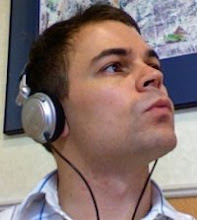There's obviously tons of books out there to teach Mandarin Chinese (普通話), but finding books that have the Traditional Characters (繁體字) is rare. In searching for text books to get cozy with, the best book I came across is one from Taiwan called Practical Audio-Visual Chinese, 2nd Edition. There's a whole series.
Many will undoubtedly argue against this, but I prefer Traditional Chinese characters (繁體字) over Simplified Chinese characters (正體字) for three reasons:
- first, the traditional characters are more artistic and culturally significant;
- secondly, it is easier to go from Traditional to Simplified; and
- thirdly, there's greater utility for traditional characters.
For latter reason, many will argue that this is not true because of the sheer number of Mandarin speakers (1st or 2nd language) in mainland China. But given that it is easier to move to simplified characters from Traditional, I can more easily maneuver to Simplified characters used in mainland China, and also into Japanese Kanji (日本漢字), which has different simplified characters of their own. Additionally, I can build vocabulary in Korean, as many borrowed words can be referenced in Korean Hanja (韓國漢字), which uses traditional characters. Naturally, in either Taiwan (台灣) and Hong Kong (香港), I can understand traditional characters. Thus with traditional characters, my utility extends to all of East Asia, where Simplified extends to parts of mainland China.





